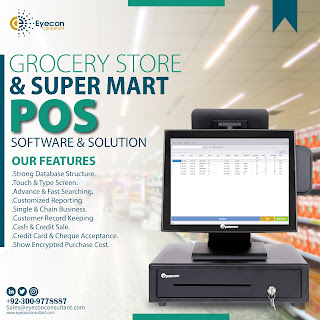How to do business automation using RFID Technology
In today's competitive business environment, achieving operational efficiency is paramount. Implementing Radio Frequency Identification (RFID) technology has emerged as a leading strategy for business automation, offering significant advantages over traditional methods.
RFID utilizes radio waves to identify and track objects equipped with RFID tags containing electronic chips that store data. These tags can be read remotely by RFID readers, facilitating seamless tracking of inventory, assets, and personnel. This automation reduces manual errors and enhances overall productivity.
Benefits of Business Automation Using RFID Technology:
-
Increased Efficiency: Automates data collection, eliminating the need for manual stock counts or barcode scanning. Multiple tags can be read simultaneously, expediting processes.
-
Real-Time Data Accuracy: Provides up-to-date tracking of inventory and assets, leading to informed decision-making and optimal resource allocation.
-
Reduced Labor Costs: Minimizes labor-intensive tasks, allowing employees to focus on higher-value activities.
-
Improved Customer Experience: Enhances inventory management, ensuring better stock availability and boosting customer satisfaction.
-
Loss Prevention: Offers robust tracking capabilities, helping businesses minimize theft and loss by maintaining accurate asset records.
-
Sustainability: Promotes eco-friendly practices by digitizing records and reducing paper usage.
Steps for Implementing RFID Technology in Business Automation:
-
Identify Business Needs: Determine specific processes that would benefit from automation, such as inventory management, asset tracking, or supply chain optimization.
-
Select the Right RFID System: Choose between passive tags (activated by a reader) or active tags (equipped with a battery), considering factors like read range, durability, and storage capacity.
-
Invest in RFID Infrastructure: Acquire necessary components, including tags, readers, and compatible software systems.
-
Integrate with Existing Systems: Ensure seamless integration with current enterprise resource planning (ERP) or inventory management systems.
-
Train Staff: Provide comprehensive training to employees on the use and benefits of RFID technology.
-
Monitor and Optimize: Continuously assess system performance and make adjustments to maximize efficiency.
By embracing RFID technology, businesses can streamline operations, enhance accuracy, and gain a competitive edge in their respective industries.Read the complete blog here...



Comments
Post a Comment